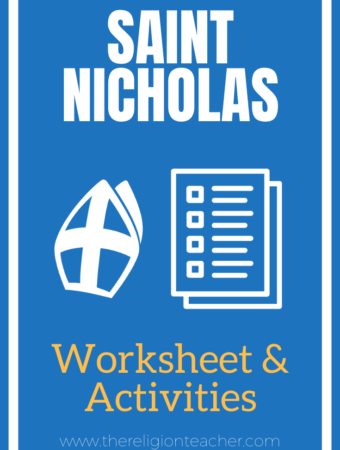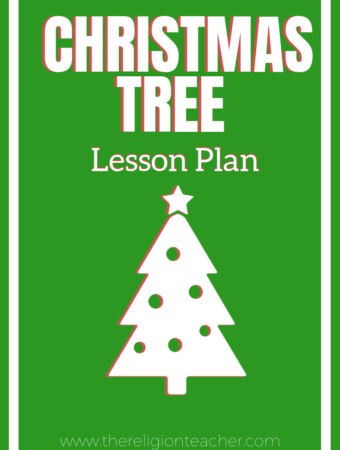“For lack of guidance a people falls.” (Prv 12:14)
Years ago, when I was a student in the Alliance for Catholic Education program, the very first thing we learned about being a teacher was how to create and teach with classroom procedures rather than classroom rules. We watched an incredible video of Harry Wong and read from his excellent book, The First Days of School.
Harry Wong’s mantra of “work, work, work, do, do, do” still makes me smile. Classroom procedures have become an integral part of everything I do as a teacher and catechist.
In 31 Days to Becoming a Better Religious Educator, I define classroom procedures as “the established set of routines and instructions that students follow out of habit” (31 Days to Becoming a Better Religious Educator, 76). They are different from rules in that breaking a classroom procedure does not initiate a negative consequence other than the annoyance of practicing the procedure again.
In today’s exercise, list all of the most common questions you get from students about what they should be doing at any given time. Reference pages 76-77 for examples of these kinds of questions.
Once you have identified the most common questions and the directions you find yourself repeating again and again, think of some procedures you can put in place that will free you from the need to answer these questions.
For example, once the procedure for going to the bathroom is in place, you will never have to answer that almost relentless question from your students: “Can I go to the bathroom?”
Common Classroom Procedures
Here are some common classroom procedure ideas:
- Classroom Procedures for the First Weeks of School
- 6 Classroom Management Strategies for the First Weeks of School
- Why Advance Organizers are a Crucial Learning Strategy (and 5 Examples)
- How Do You Manage Students Talking Out in Class?
- Bell Work Activities–They Save Time and Keep Student Engaged


